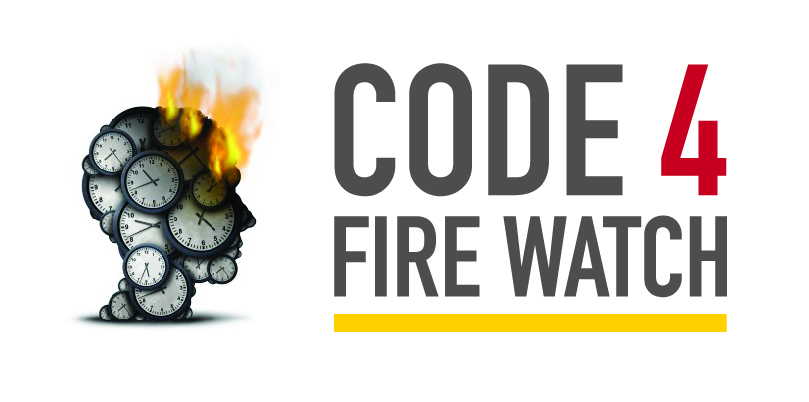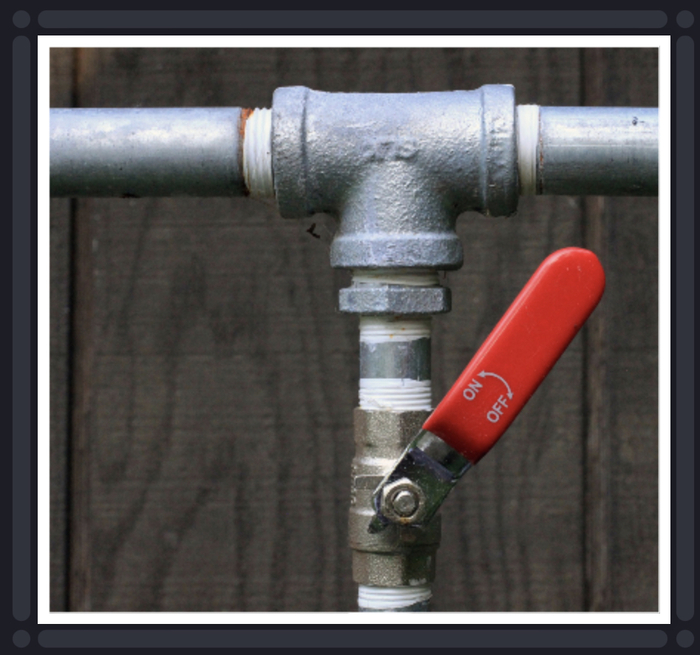It’s been said that an ounce of prevention is worth a pound of cure (Benjamin Franklin) and this is certainly true in the world of fire safety. After all, it is much better to invest time in the care and maintenance of a fire sprinkler system than to deal with the aftermath of a fire.
However, while one may recognize the validity of being proactive in fire safety and prevention, it is not enough. Unless one is also willing to take the time to ensure the fire sprinkler system is working as it should there are no guarantees the system will work correctly when/if needed. In fact, the NFPA guidelines remind us that when a commercial property has a fire sprinkler system installed the safety factor goes up and the risk of injuries and loss of life go down- significantly.
Sadly, not every business owner recognizes just how important it is for the sprinkler system to be kept up to to date. As a study by NFPA.org found, in 59% of fires where there were incidents, it was because the fire sprinkler system had been turned off! It is due to issues such as this that an ITM (inspection, testing and maintenance) needs to be planned often. (How often will depend on your local codes and requirements- though ideally, doing a basic monthly inspection is a wise idea.)
In the event that there is a fire to a piece of property, a properly functioning system will minimize the damage caused by high reaching flames by using the least and most effective and efficient amount of water. This is because when the property owner is vigilant in maintaining the fire sprinkler system, it will be able to get a ‘proper read’ on the amount of water to be released.
So, what will a basic ITM look like? As a part of any inspection, testing and maintenance procedure, the following elements should be addressed:
Have there been any occupancy changes?
Has there been any change in the materials or processes being used? For instance, did you change cleaning products or where they are being stored?
Have there been any changes, redirects or structural aspects revised? This includes relocated partitions, raised, lower, or new ceilings, or the addition of mezzanines.
Are there any modifications to a heating or cooling system that could expose the fire sprinkler system to potential freezing?
These are a just a few things that can affect the effectiveness of your commercial fire sprinkler system. So, if any of these actions have been a part of your past several months, then planning an ITM is a must.
Quick Overview of the Types of ITMs
Monthly Inspection, Testing and Maintenance for a fire sprinkler system:
Be sure the valves are accessible, properly identified and are not leaking.
Wet gauges show the right water pressure and are in working condition
Dry gauges show the same water pressure and state the same pressure on both quick-opening and dry pipeline.
Quarterly ITM:
Check that the water flow alarm and the supervisory alarm are in good working order- no cracks or leaking.
Be sure any fire department can access connections.
Check the valves for any leaks and see that they hold proper downstream pressure.
Yearly Fire Sprinkler System Inspection:
This should be done by a certified fire safety professional. They will be able to check the entire system and run diagnostics to ensure your fire sprinkler system is all you need it to be. And, if it is not, they will be able to tell you what steps need to be taken. After all, their goal is to save lives and protect property, so they are going to be vigilant in their tests.
Planning monthly, quarterly and annual ITMs is an important part of keeping your place of business safe. Make time to inspect, test and maintain your commercial fire sprinkler system-it’s worth it. Need help or have questions? Give us a call. We are here to help.

